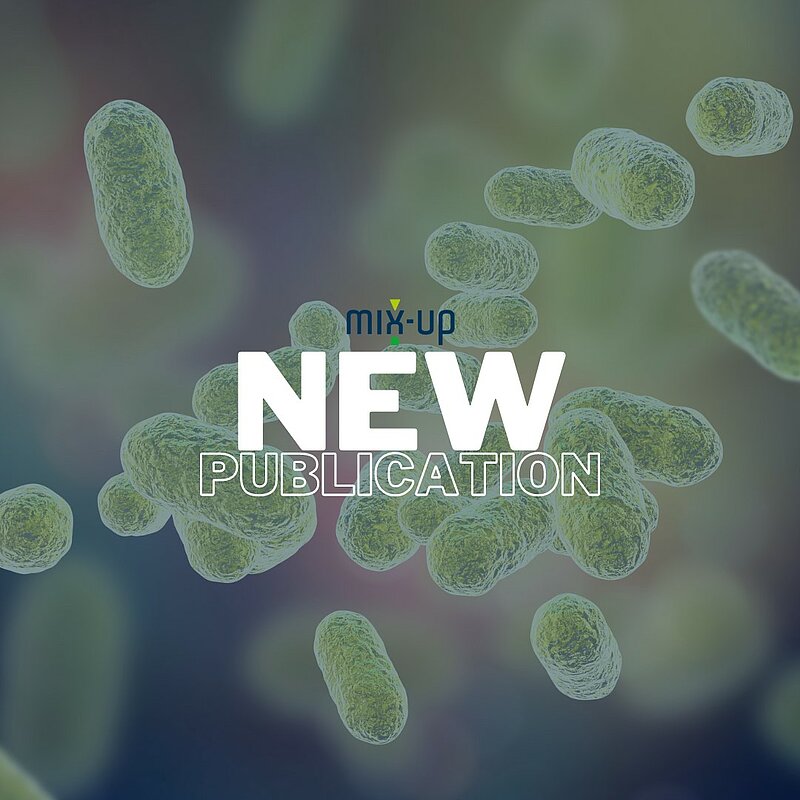Synergistic methodological strategies based on the fields of microbial biotechnology and materials science open up an enormous range of possibilities for the sustainable production of advanced materials with predictable properties. This study shows how naturally produced polyhydroxyalkanoate (PHA) particles are introduced into bacterial cellulose (BC) driven by their bacterial producers. Thanks to an extensive knowledge of the internal structure of BC, it was possible to control the colonization process, i.e. loading and localization of PHA. A subsequent acid treatment favored the PHA-BC bonding at the position reached by the bacteria. These biodegradable films showed improved mechanical and barrier properties even with respect to reference plastic films 8 times thicker, reaching a Young's modulus 4.25 times higher and an oxygen permeability 3 times lower than those of polyethylene terephthalate (PET) films. Owing to the versatility of the method, a wide variety of materials can be developed for very diverse fields of application.
Click here to read the full article.


